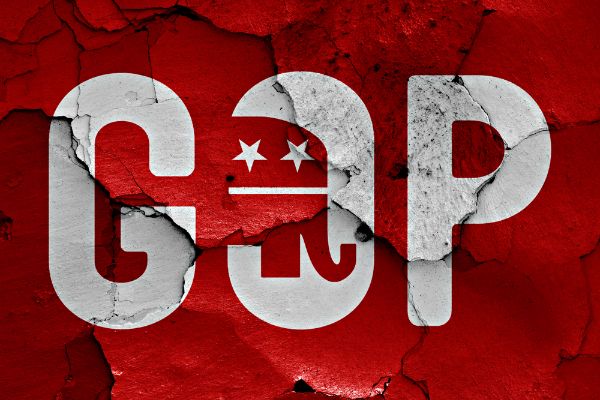The PM market has had a rough start this year as gold dropped around 5% from its point at the onset of the month.
The precious metal has made a good try to get upside momentum as it pushes resistance near the 200-day moving average. Gold futures (April) were at $1,855.60 per ounce, lower by 0.18% on the day.
But one bank is looking beyond the current situation, and anticipates precious metals to rise in what they’re calling the beginning of the 7th commodity bull market of the past 225 years.
“A commodity bull market is a result of secular inflationary policy, something few investors recall, because the last one stopped around forty years ago,” said chief investment officer from Saxo Bank, Steen Jakobsen.
In the bank’s outlook report, Steen went on to say “We believe this will quickly take over investors’ attention this year, and may last for 10 years or more. The key reason is the continuous response to Covid, which only increased trends in inequality which were growing in the 80s and following three decades of globalization. Going forward, we will witness a true macro paradigm change as policy moves away from maintaining financial stability to ensuring social stability,” he said.
Looking especially at the PM market, Ole Hansen, commodity strategist for Saxo Bank, claimed in the report that he predicts gold prices will be well supported by inflation, combined with a weaker dollar.
Currently, Saxo bank is predicting gold prices to hit close to $2,200 per ounce in 2021, with silver going to $35 per ounce.
Regardless of gold ’s lacking performance in the past weeks, Hansen claimed, “we have a positive view on the market with increasing yields being based mostly upon the rise in inflation; this will put real yields, a key factor for gold, into negative numbers. Combined with liberal central bank policies and more dollar weakness, the least resistance path leads upward.”
The Danish banking company also said it does not expect bond yields or the dollar to give much for precious metals. John Hardy, leader of the bank’s foreign exchange strategy, stated that increasing government debt is forming into an existential moment for the dollar.
“The uptrend in gold, bitcoin and hard assets of any type and the quick increase in monetary velocity triggered by an exodus from dollar-linked assets like treasuries could possible trigger a complete USD crisis,” he claimed.
Hardy went on to say the dollar would not find much support from increasing bond yields, because eventually, the FED will step in with monetary policy.
“The point at which greater rates become an issue has lowered drastically just like every cycle since the 80s,” he said. “Whether the number in the U.S. 10-year benchmark that gets us into trouble is 1.25% or higher than 1.50%, trouble is abound…”






Comments are closed.